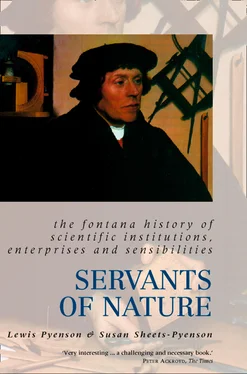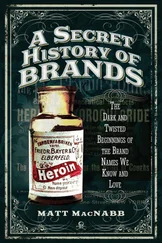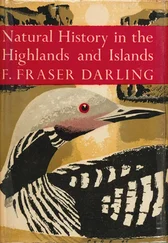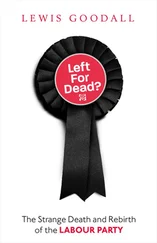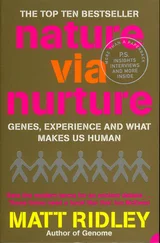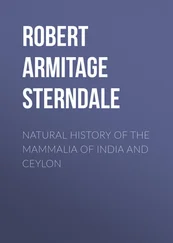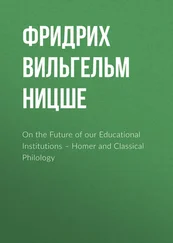Although the Royal Society may be considered an organization that rewards the achievements of a scientific elite, its membership down from the early days has been relatively large, especially when compared with the size of other national scientific organizations. From its inception, the Society included a large proportion of virtuosi from the leisured classes, men whose interests have encompassed historical, literary, artistic, and archaeological studies. To the more avid scientific practitioners in the Society, the concerns of this element (who were needed for their wealth and social status) appeared aimless, unfocused, and obscure. The virtuosi also gave the Society a tendency to devolve into a social club for gentlemen. (When this current took hold in the Society during the early nineteenth century, it was ironically a member of the aristocracy, the duke of Sussex, son of George III, who reformed the Society and restored its learned purpose.)
Historian of science Marie Boas Hall has recently shifted attention from the organization’s origins and sociological composition to what actually occurred at its meetings. She has been particularly interested in the extent to which experiments were performed by the Society’s paid employees, both curators and operators, during its early years. Empirical discussions and demonstrations of experimental results seemed to offer a respite from potentially divisive political or religious issues. The airing of hypotheses, says Boas Hall, in contrast, led to ‘disputes and wranglings’ inappropriate to a ‘quiet atmosphere of learned debate’.
Boas Hall concludes that although the early Society paid lip-service to the promotion of ‘Physico-Mathematicall Experimentall Learning’, early enthusiasm soon gave way to the mere reading of papers and discussion about experiment. Although a small core of virtuosi maintained interest in the demonstration of experimental phenomena by operators (the title is significant) like Robert Hooke, most fellows sensed that the descriptions of experiments in the Society’s Philosophical Transactions possessed more enduring value than demonstrations. In the words of A. Rupert Hall, the Royal Society became ‘a place of report rather than a research institute’. Rhetoric and the prestige that flowed from association with eminent names like Isaac Newton and Robert Boyle nevertheless ensured that contemporaries and historians alike have linked the Royal Society with the new experimental philosophy. 6
The early Royal Society’s fulfilment of the Baconian imperative depended entirely on individual initiative, whether Operator Robert Hooke’s enthusiasm for performing experiments or Secretary Henry Oldenburg’s (ca.1618–1677) prosecution of the plan for creating a universal natural history. Oldenburg’s zeal for the task led to the publication of some ‘histories’ (more properly, narratives) of trades in the Philosophical Transactions. These experiential accounts derived from Oldenburg’s queries addressed on a regular basis to correspondents all over the world; by 1668, the annual volume of incoming and outgoing letters supervised by Oldenburg generally exceeded 300. James McClellan characterizes the Royal Society as encouraging ‘a vaguely defined Baconian empiricism that meshed well with the format of its meetings and the looser interests of its members’. He also sees the outward turn away from a dedicated Baconian core as the mechanism that propelled the Society to become the most important learned society of the second half of the seventeenth century. 7
Part of the Royal Society’s Baconianism may have been rhetorical. The society encompassed a heterogeneous membership and tended to create myths about its cohesiveness when it was under attack. And attack its critics did. In Gulliver’s Travels (1726), for example, Jonathan Swift ridicules the futile projects pursued in the ‘Academy of Lagado’, inspired by the research undertaken by members of the Royal Society. Historian Martha Ornstein is so persuaded of the rhetorical use of Baconianism that she sees the imagery of ‘Salomon’s House’ as fulfilling for learned societies what the Communist Manifesto did for socialism.
Other scientific societies did not trace their inspiration so directly to Bacon. Galileo wielded enormous influence over scientific developments in Italy, and he was a member of Rome’s Accademia dei Lincei, founded in 1603. Like Rome, many Italian cities housed learned societies, more properly Renaissance academies that promoted a range of subjects: Bologna claimed an Accademia degli Affidati (1548) and Naples an Accademia Secretorum Naturae (ca. 1560) and later an Accademia degli Investiganti (ca. 1650). Unlike other Renaissance academies, however, those in Bologna and Naples concerned themselves with the cultivation of natural knowledge, rather than literature or the arts.
The foremost among the Italian academies was the Florentine Accademia del Cimento (Academy of Experiments), founded in 1657. The small society of nine members – including the important naturalists Giovanni Alfonso Borelli (1608–1674) and Francesco Redi (1626–ca.1698) – depended on the patronage of Prince Leopold de’Medici and answered to his whims. It assembled a fine collection of scientific instruments to effect its sole purpose: conducting experiments. Members tested the theoretical work of Galileo and his disciples and recorded the results anonymously in the Academy’s Saggi di naturali experienze. Despite the group’s pronounced commitment to empiricism and their rejection of all speculative theorizing, Academy members fell victim to the conservative backlash of the Inquisition and Counter-Reformation. It also suffered through the centrifugal force of members’ personal quarrels, resulting in disbandment for ten years until they settled their differences.
Even seventeenth-century Germany, in its state of political fragmentation and economic torpor, could claim scientific societies. In Altdorf, a Collegium Curiosum sive Experimentale was created in 1672 with twenty members, after the model of the Accademia del Cimento. Some twenty years earlier, an Academia Naturae Curiosorum had been founded, whose principal function was to publish an annual volume of contributions by its physician members, the Miscellanea Curiosorum. But it was only with the creation of the Berlin Academy in 1700, at the urging of Gottfried Wilhelm Leibniz, that Germany could claim a society along the lines of the Royal Society or France’s Académie des Sciences. The society was to be funded by the proceeds from the monopoly on printing calendars owned by the elector (the future Prussian king, Frederick I). Part of the Berlin Academy’s programme involved the advancement of German technology and nationalism, giving particular attention to improving the German language. Leibniz’s activism also led to the creation of the St Petersburg Academy of Sciences in 1724. 8
In France, academies could be found in provincial towns like Caen, Rouen, and Montpellier. These included not only learned societies as such, but also other kinds of educational institution, including schools of manly exercise, classical languages, and oratory. The capital city (as in England) dominated scientific life at this time. One of the earliest informal circles in Paris – dating back to the 1630s – was organized by the Minim monk Marin Mersenne (1588–1648), himself devoted to the physical sciences. Mersenne, who had studied mathematics with Descartes, translated some of the writings of Galileo into French and popularized the work of Blaise Pascal (1623–1662). After Mersenne’s death in 1648, a successor to his academy was organized by nobleman Habert de Montmor (ca.1600–1679), which adopted a formal constitution in 1657. Weekly meetings took place in Montmor’s house; mathematician and cleric Pierre Gassendi (1592–1655) presided over them. But the Montmor Academy became as much a social club for the highest levels of Parisian society as a forum for disseminating the new science.
Читать дальше
